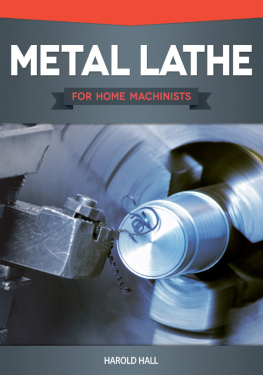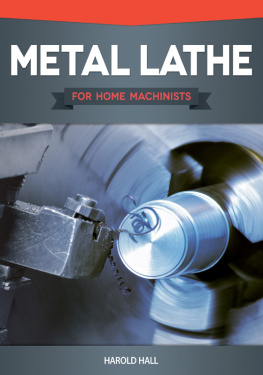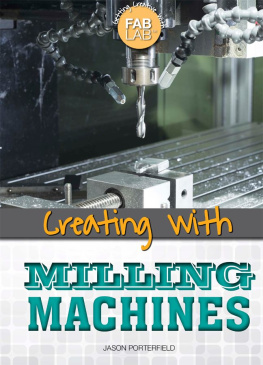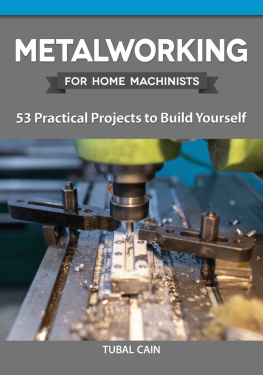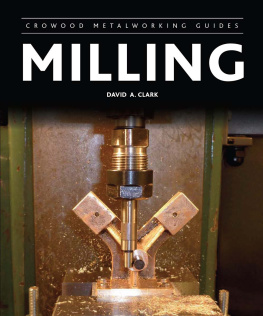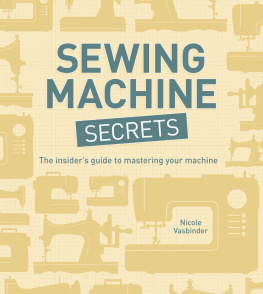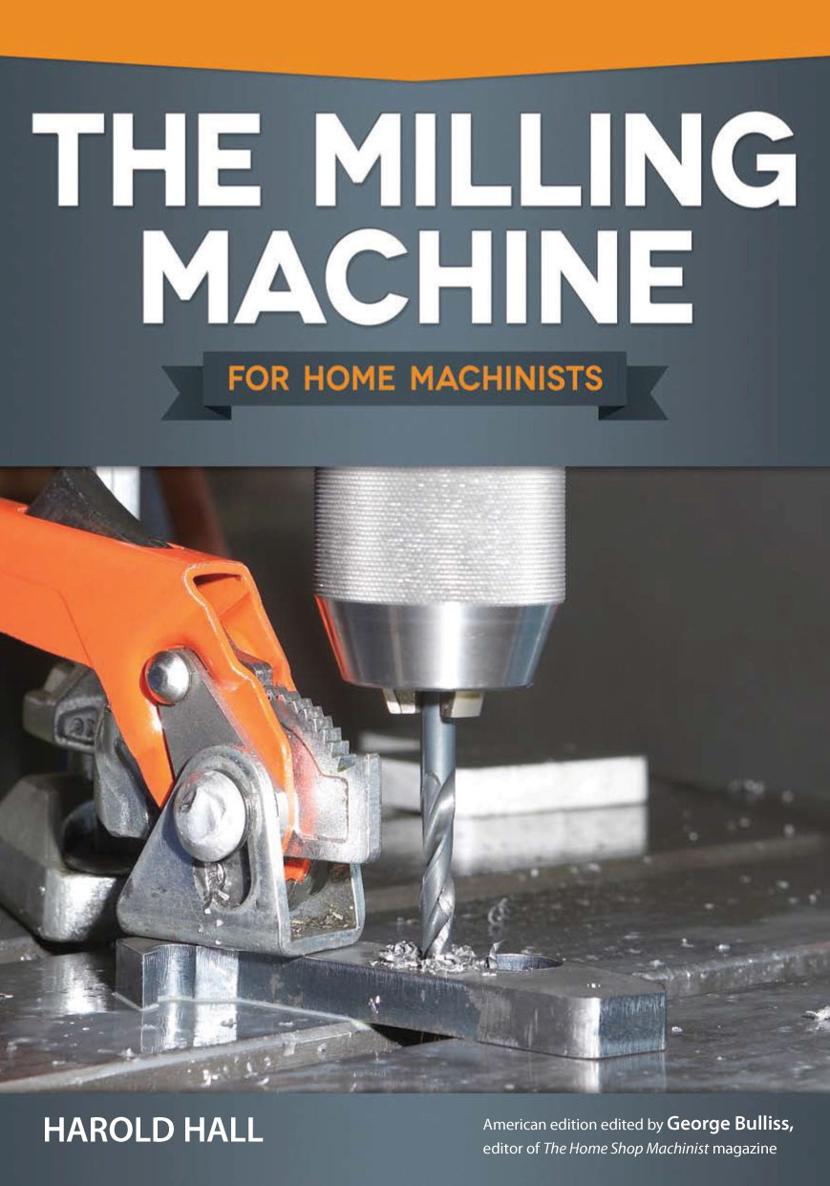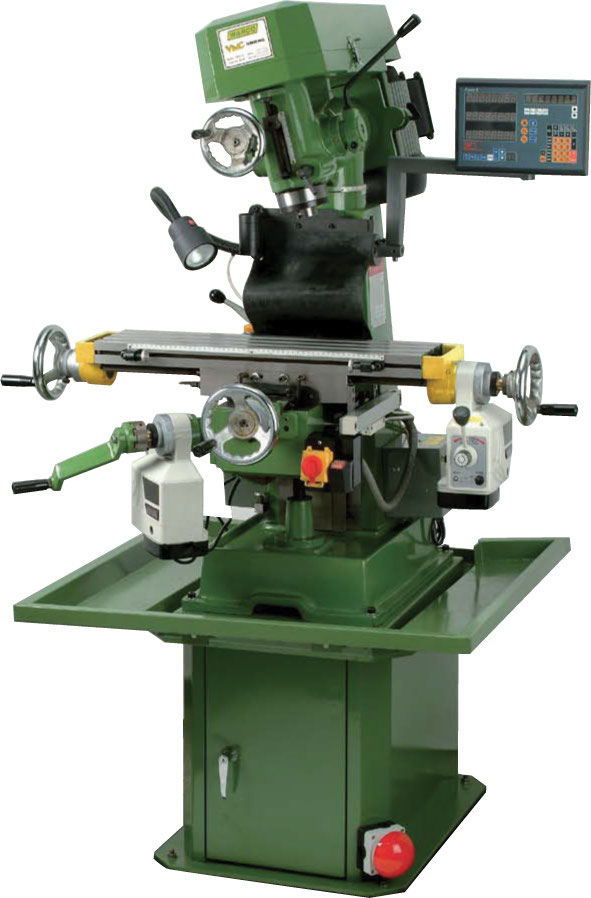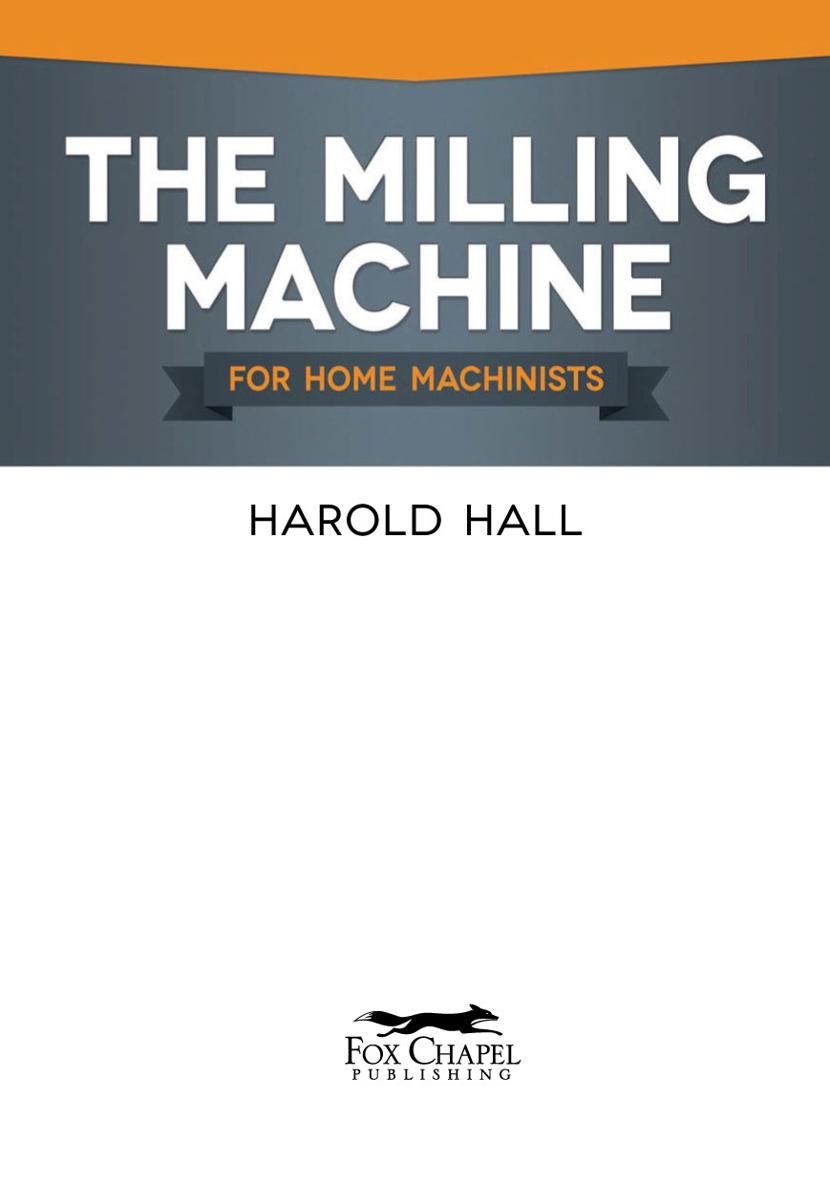Harold Hall - The Milling Machine for Home Machinists (Fox Chapel Publishing) Over 150 Color Photos & Diagrams; Learn How to Successfully Choose, Install, & Operate a Milling Machine in Your Home Workshop
Here you can read online Harold Hall - The Milling Machine for Home Machinists (Fox Chapel Publishing) Over 150 Color Photos & Diagrams; Learn How to Successfully Choose, Install, & Operate a Milling Machine in Your Home Workshop full text of the book (entire story) in english for free. Download pdf and epub, get meaning, cover and reviews about this ebook. year: 2013, publisher: Fox Chapel Publishing, genre: Children. Description of the work, (preface) as well as reviews are available. Best literature library LitArk.com created for fans of good reading and offers a wide selection of genres:
Romance novel
Science fiction
Adventure
Detective
Science
History
Home and family
Prose
Art
Politics
Computer
Non-fiction
Religion
Business
Children
Humor
Choose a favorite category and find really read worthwhile books. Enjoy immersion in the world of imagination, feel the emotions of the characters or learn something new for yourself, make an fascinating discovery.

- Book:The Milling Machine for Home Machinists (Fox Chapel Publishing) Over 150 Color Photos & Diagrams; Learn How to Successfully Choose, Install, & Operate a Milling Machine in Your Home Workshop
- Author:
- Publisher:Fox Chapel Publishing
- Genre:
- Year:2013
- Rating:5 / 5
- Favourites:Add to favourites
- Your mark:
The Milling Machine for Home Machinists (Fox Chapel Publishing) Over 150 Color Photos & Diagrams; Learn How to Successfully Choose, Install, & Operate a Milling Machine in Your Home Workshop: summary, description and annotation
We offer to read an annotation, description, summary or preface (depends on what the author of the book "The Milling Machine for Home Machinists (Fox Chapel Publishing) Over 150 Color Photos & Diagrams; Learn How to Successfully Choose, Install, & Operate a Milling Machine in Your Home Workshop" wrote himself). If you haven't found the necessary information about the book — write in the comments, we will try to find it.
The home machinists essential guide for choosing and using a milling machine.
- Over 150 color photos and diagrams illustrate essential accessories and the differences between the options
- Detailed knowledge to help you successfully choose, install, and operate a milling machine in your home workshop
- Clear explanations of the usage of each machine and accessory for the vast majority of applications in an active shop
- Discover your options for holding the many diverse shapes and sizes of work pieces youll need
- Learn which method is best for any applicationwhether to use a vice or an angle plate, mount the piece directly onto the worktable, or produce a fixture specifically for the task
- Learn the right ways to cut metal and maintain your milling tools
The Milling Machine for Home Machinists provides the detailed knowledge you need to successfully choose, install, and operate a milling machine in your home workshop. Lavishly illustrated with color photographs and diagrams, it will help you to understand which accessories are essential, and which can be postponed until your activity demands it. The usage of each machine and accessory is explained in detail for the vast majority of applications in an active shop.
The real learning curve begins once your milling machine and its accessories are chosen and installed. Discover your options for holding the many diverse shapes and sizes of work pieces that will inevitably surface during your machines life. This critical task is by far the most important part of learning to use the machine.
Learn how to decide which method is best for any applicationwhether to use a vice or an angle plate, or mount the piece directly onto the worktable, or even produce a fixture specifically for the task.
With the work piece set up and ready for machining, the book goes on to show you the right ways to cut metal and maintain your milling tools
Milling machines are an integral part of any hobbyists workshop, but the huge variety of machine styles and accessories can be overwhelming for beginners. From selecting the right machine and accessories to the finer points of use, The Milling Machine for Home Machinists will help to answer all of your milling machine questions.
Harold Hall: author's other books
Who wrote The Milling Machine for Home Machinists (Fox Chapel Publishing) Over 150 Color Photos & Diagrams; Learn How to Successfully Choose, Install, & Operate a Milling Machine in Your Home Workshop? Find out the surname, the name of the author of the book and a list of all author's works by series.

